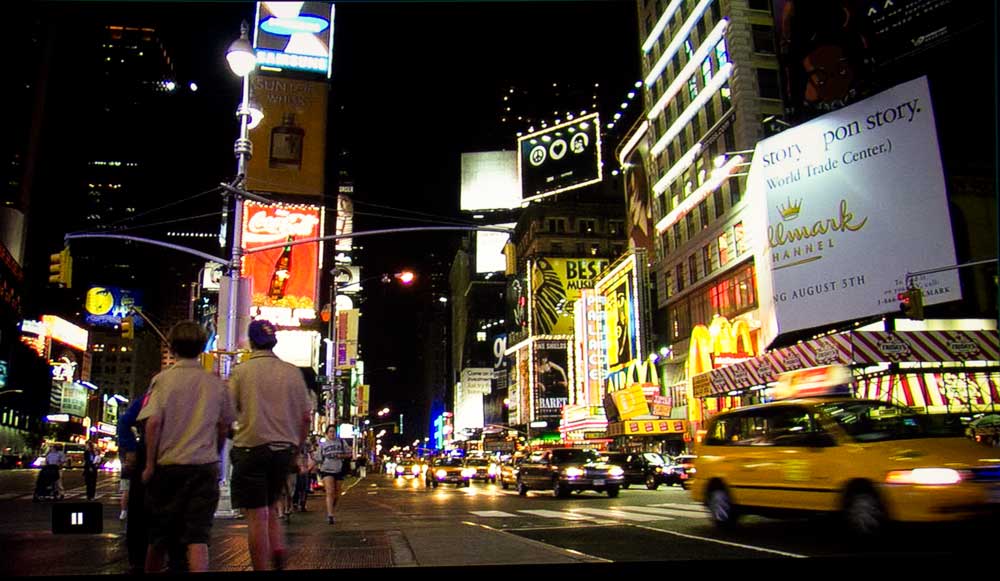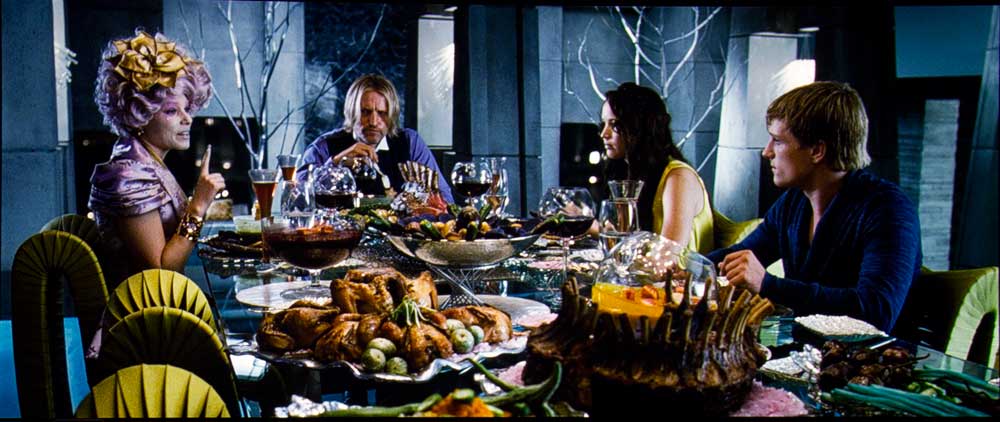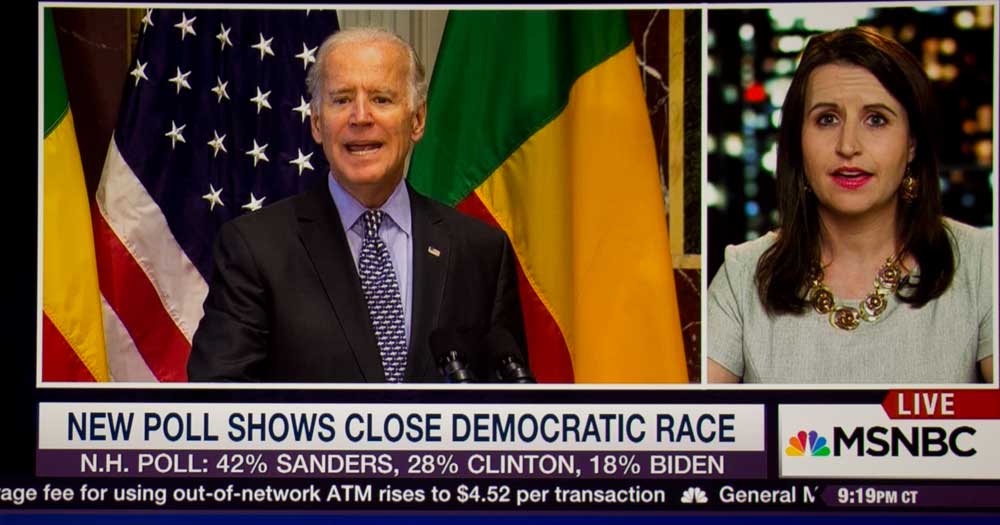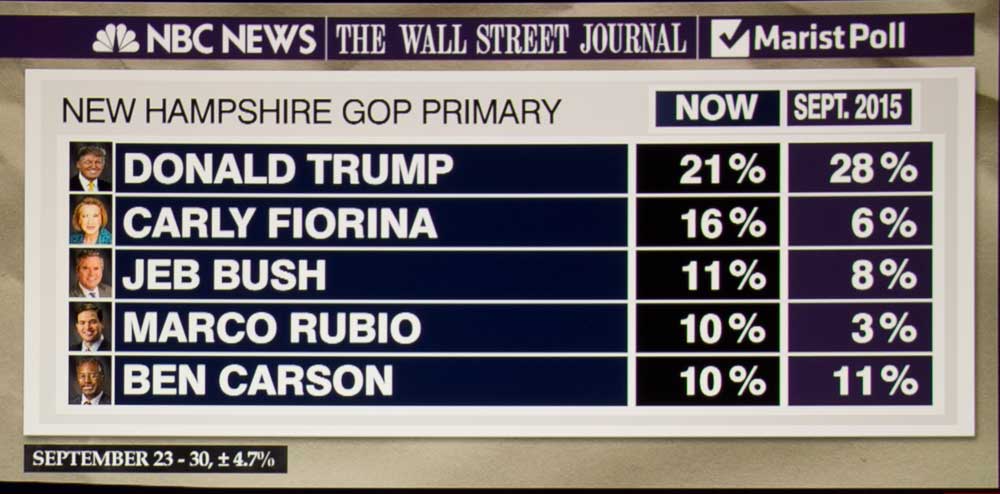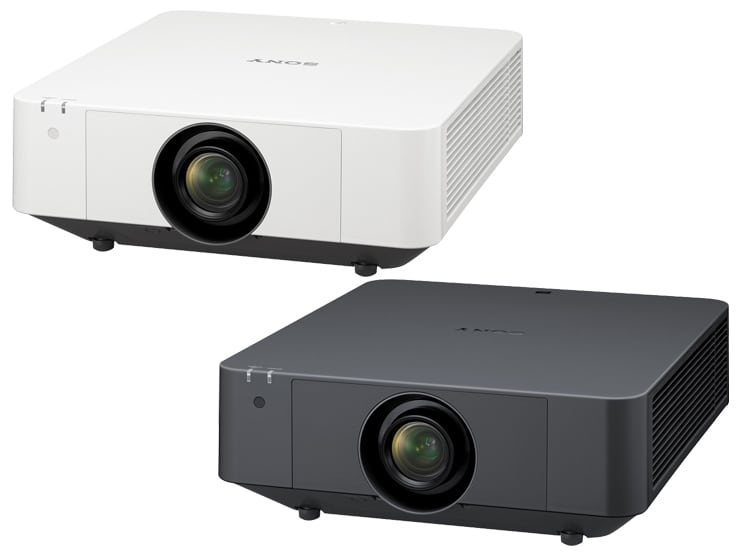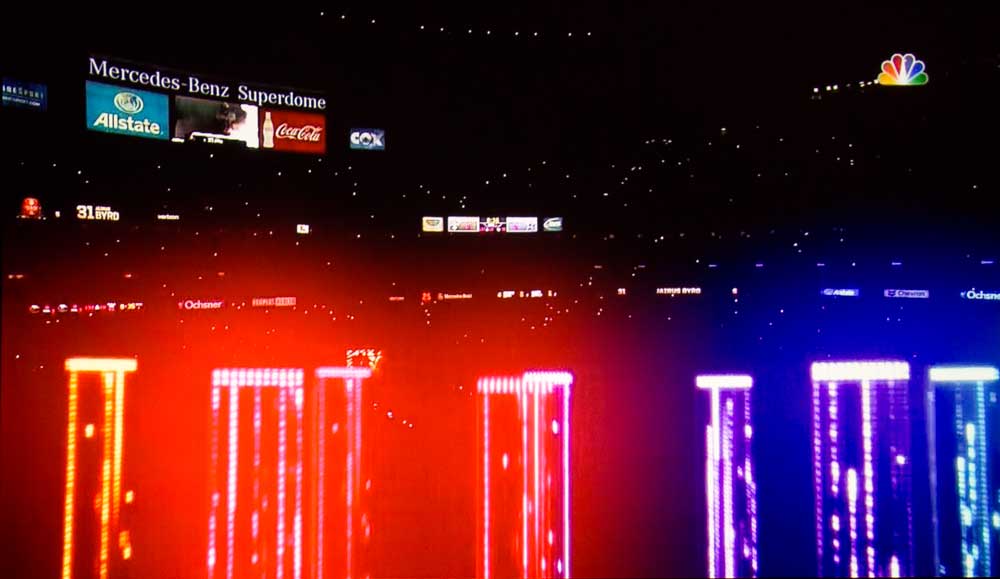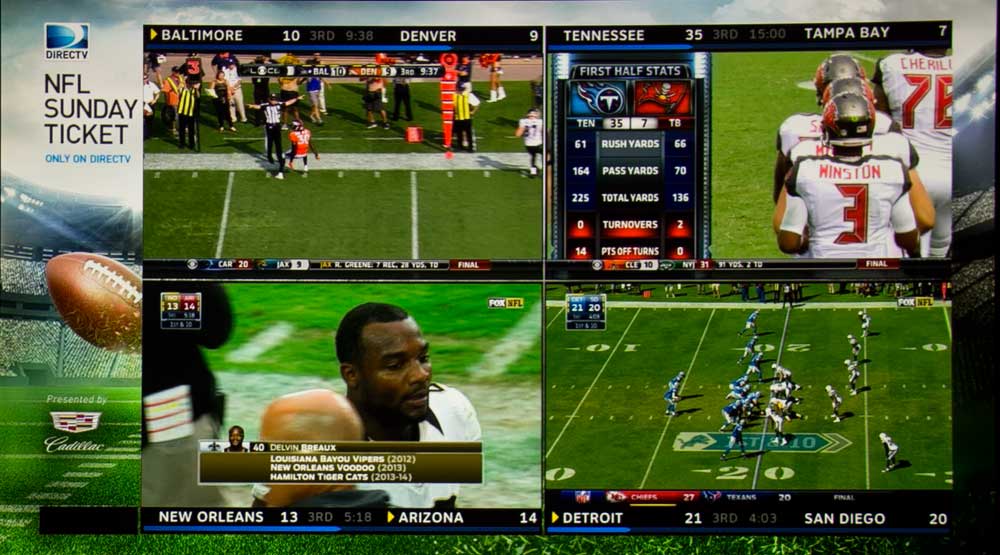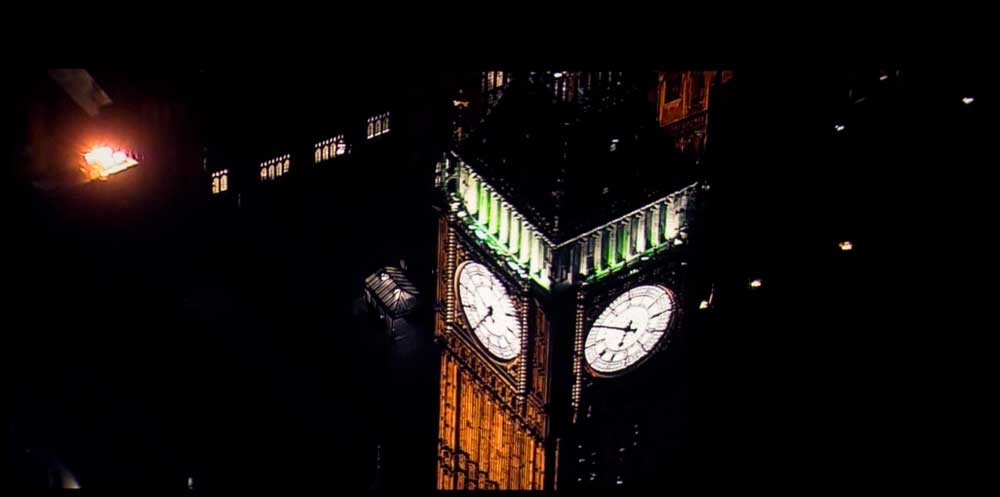Sony VPL-FHZ65 Value Proposition
Certainly this is a high performance 6000 lumen projector that takes advantage of the inherent benefits of using a laser light engine. But, how is it from a value proposition standpoint?
MSRP is $15,000, although the street price - with standard zoom lens is considered to be $9999. So, let's work with that $10,000 number.
For a 6000 lumen projector, that's hardly inexpensive. Compared to what else is out there, mostly the competition consists of lamp based projectors, both single chip DLP, and 3 chip (or panel, our choice of terms) LCDs.
[sam_pro id=1_126 codes="true"]
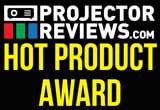
This is our top regular award for projectors. In addition we offer awards in our special reports
First, regarding most of the DLP projectors out there claiming 6000 lumens. Those guys aren't direct competitors, because they are mostly 6000 white lumens, and a whole lot less color lumens. Perhaps 3000 color lumens or less. You probably need a 9000 lumen DLP to handle the same challenging environment that this 6000 lumen projector can tackle. There are some exceptions. Panasonic offers up their single chip DLP DZ670U which is also a laser projector. We haven't been able to get one for review, but I can tell you that it claims 6500 lumens, but seems to sell about $3000 more. It should best the Sony in terms of black level performance, but the Sony should overall, outperform the single chip DLP.
When you get to other 3LCD projectors, though, it's more "apples to apples." From a pricing standpoint, you are definitely going to pay more for the laser engine up front. Consider the Epson Powerlite Pro G6900WU, we have reviewed and were also impressed with. It too claims 6000 lumens, and it's street price with standard zoom lens is officially $5999 street price. That's a big difference. So, is the Sony worth the extra $4000? Let's consider.
First if brightness is the most important thing, and up front budget is tight, rationalizing the extra difference between two good projectors is going to be tough.
The extra value in the Sony comes primarily from the laser light engine and the benefits it brings. When one considers typical maintenance costs, which include not only replacement lamps for the lamp based Epson, but the time and human resources to attend the G6900WU to replace its lamp, can be significant. Figure that over a 20,000 life you would replace the lamp in the Epson probably a minimum of 5 times. That means procuring the lamp, sending someone to install it, realigning it in its mount after replacing the lamp, powering up and making sure everything is "a-ok." If the projector is in-house, you are still looking at hours of labor - procuring the lamp, replacing the lamp, etc., each time. It adds up.
If you are managing a fleet of 50 projectors, that need their bulbs replaced just once a year, that probably translates into weeks of labor, between ordering, receiving the lamps, and sending someone, or a team, out to do the work. You can see how the $4000 saved up front really can be eaten up due to the much higher maintenance investment in lamp based projectors.
But that's not all. The other benefits include consistent color from a laser projector, unlike lamp projectors where over a few hundred hours there's visible color shift. Brightness remains relatively constant too, but that's less likely to be "noticed" until it's time to replace a lamp.
Then there are things that laser projectors can do, that lamp based ones just aren't as practical for. Edge blending displays such as are common at museums are far, far, easier to maintain with laser projectors. First, the laser projectors are at least as flexible, should you need to point the projector straight down, or down but at a 15 degree tilt to one side, etc. Some lamp based projectors - including the Epson mentioned, have been designed with a good bit of that ability, but the laser projector has almost no limitations in that regard.
In those edge blending applications, the color and the brightness must always be in sync between projectors to have an image that appears seamless - that is as if a single projector was doing it. When dealing with lamps, since brightness and color do vary over time, more maintaining is necessary. And should one projector in a four projector array blow a lamp early, then all the others have to once again be matched for color and brightness. A solid state projector has a huge advantage for these types of displays if maximum quality is the desired result.
After those major items, much of the rest relates to feature set. Of note, come early next year, Sony's ultra short throw lens will make these laser projectors the first high brightness 3LCD projectors to offer ultra short throw application compatibility. There are a number of ultra short throw projectors with 2000 - 3500 lumens, but they are exactly that - ultra short throw projectors. They don't have versatility, most are limited to a maximum of a 100 inch screen or less. Definitely not apples to apples, but those are very popular in classrooms.
All considered, the combination of laser engine, and all the benefits provide a reasonable value proposition trade-off when comparing to other projectors that, light engine notwithstanding, have similar feature sets.
For many specialty applications, including 24/7 ones such as digital signage, or situations where accessing the projector is a challenge (such as high up in a church ceiling, or a large auditorium), or where constant, accurate color, or constant brightness is critical (edge blending), the advantage of a laser light engine is huge.
Bottom line: The FHZ65 is highly capable, strong on minimal maintenance, flexible enough for a wide range of applications, and, when you figure it all out, and are demanding a top quality picture as well, a solid value proposition. That earns it our Hot Product Award, which is the highest general award we give out to commercial/education/business projectors each year, except for our Outstanding Projector of the Year. This Sony will definitely be considered for that award next year, although the competition is tough, spanning every type of projector across a wide price range.
If all you need is a bright projector, limited feature set, and average performance, the VPL-FHZ65 may be hard to price rationalize, but for situations calling for superior picture quality, any of the advantages of a laser light engine (as mentioned), a wide range of lenses, etc., then this projector offers a rather strong value proposition.
Sony FHZ65: A first class laser projector for larger venues and special applications!

